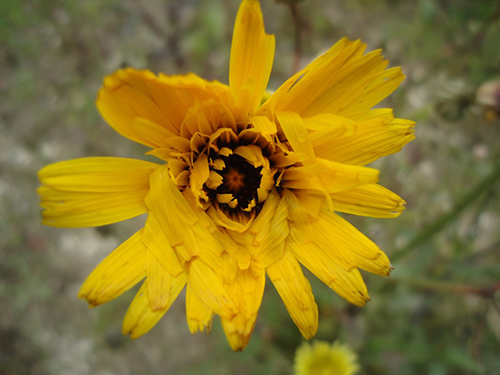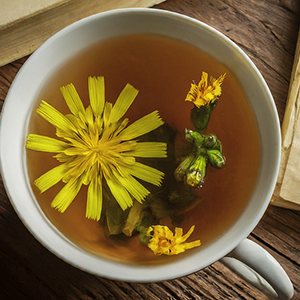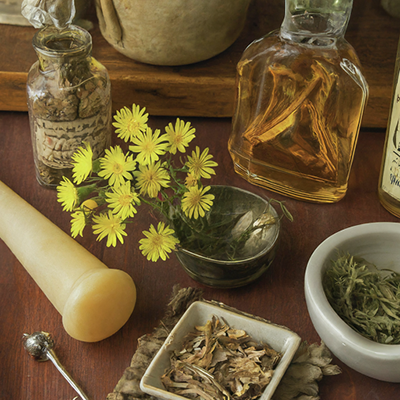Contents
Despite beginning in the Middle Ages, the use of mouse ear hawkweed is not widespread. Perhaps this is because it loses its medicinal properties once the plant dries.

Mouse Ear Hawkweed Scientific Facts
- Scientific Name – Hieraclum pilosella L.
- Other Names – Hawkweed, Pilosella.
- French – Piloselle.
- Spanish – Vellosilla.
- Environment – Meadows and sunny bushes all over Europe, except the Mediterranean coastline. It also grows along the Atlantic coastline of North America.
- Description—This is a Vibrant plant of the Compositae family. It has a rose of hairy leaves at its base, from which a leafless stem grows 10 to 20 cm high. On the tip of this stem, there is a yellow flower chapter.
- Parts of the plant used medicinally – The entire plant, when fresh.
Healing Properties

The mouse ear hawkweed plant contains a high amount of tannin, which gives it astringent solid properties; flavonoids, an essential oil with diuretic and depurative properties; mucilages with anti-inflammatory properties; and a coumarin substance, which is a derivative from the umbelliferone, with antibiotic properties. Its indications are as follows:
Diarrhea and dysentery – It stops rectal bleeding.
Edema, nephrosis albuminuria, kidney insufficiency – Besides increasing urine volume, it promotes the elimination of urea and reduces kidney inflammation.

Hemorrhage—When locally applied, its potent astringent properties prevent nose bleeds. Internally, it is also used as an infusion against excessive menstruation.
Brucellosis—Its antibiotic components act in a particular way against Brucella mellitensis, a bacteria that causes Malt fever or brucellosis. It has been proven that cattle eating in pastures where mouse ear grows never suffer from brucellosis. The plant decreases fever and stops the typical perspiration of this disease. It must be taken for several months.
How to use Mouse Ear
- Infusion with 50 to 69 grams of fresh plant per liter of water. Drink from 3 to 5 cups daily, sweetened with honey.
- Nose packing: Use gauze or a piece of cotton soaked in the above infusion, which is slightly more concentrated (100 – 150 grams per liter).
DISCLAIMER: All content on this website is presented solely for educational and informational objectives. Do not rely on the information provided as a replacement for advice, diagnosis, or treatment from a qualified medical expert. If you are pregnant, nursing, or have any preexisting medical concerns, talk to your doctor before using any herbal or natural medicines.
REFERENCES
- George D. Pamplona-Roger, M.D. “Encyclopedia of Medicinal Plants.” George D. Pamplona-Roger, M.D. Encyclopedia of Medicinal Plants. Ed. Francesc X. Gelabert. vols. 2 San Fernando de Henares: Editorial Safeliz, 2000. 504. Print. [mouse ear hawkweed]
- WebMD – Mouse-Ear Hawkweed: https://www.webmd.com/vitamins/ai/ingredientmono-133/mouse-ear-hawkweed
- National Center for Complementary and Integrative Health (NCCIH): https://www.nccih.nih.gov/
- PubMed: https://pubmed.ncbi.nlm.nih.gov/
- Google Scholar: https://scholar.google.com/
